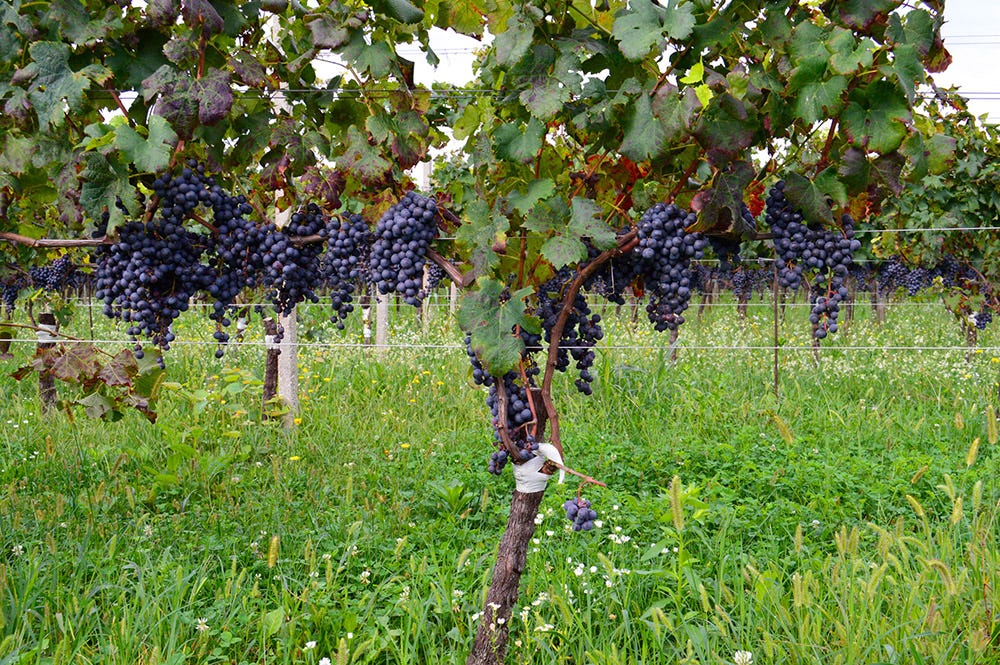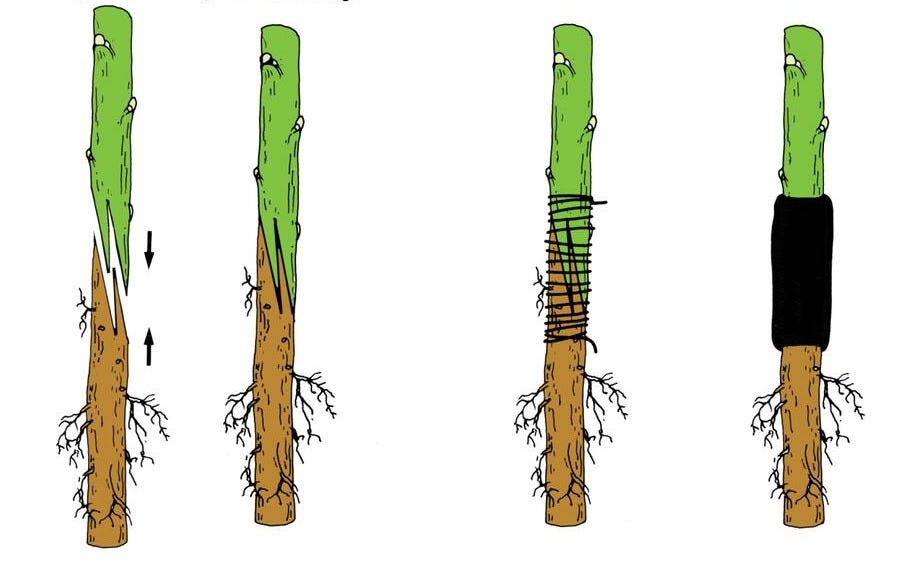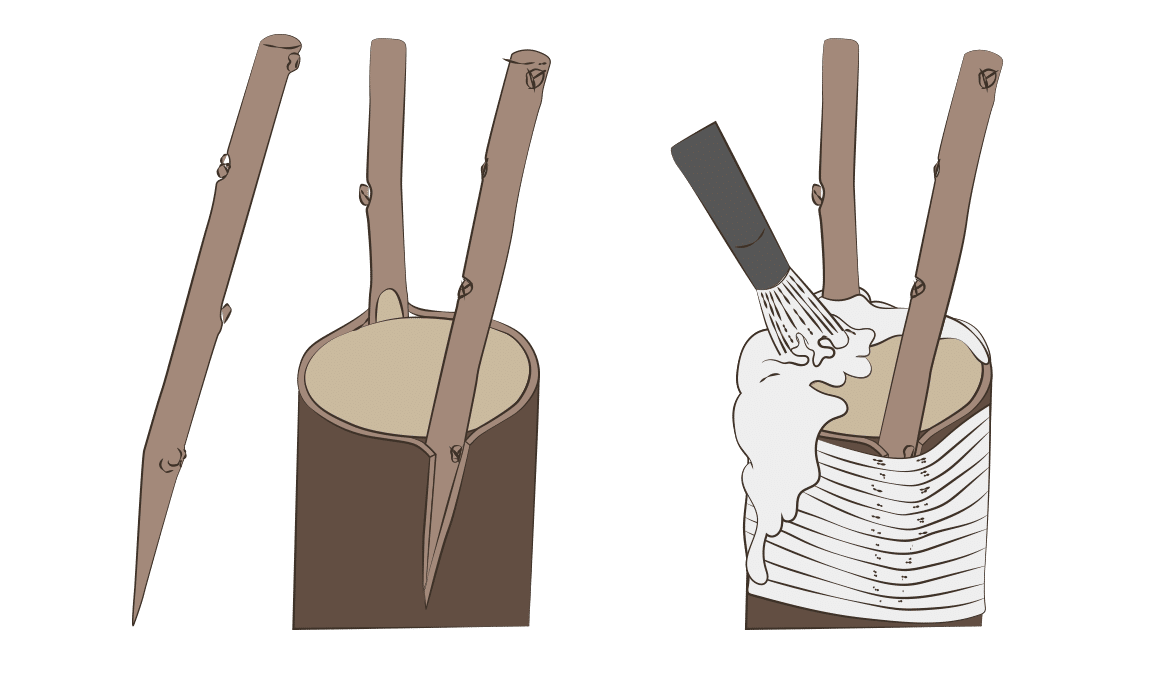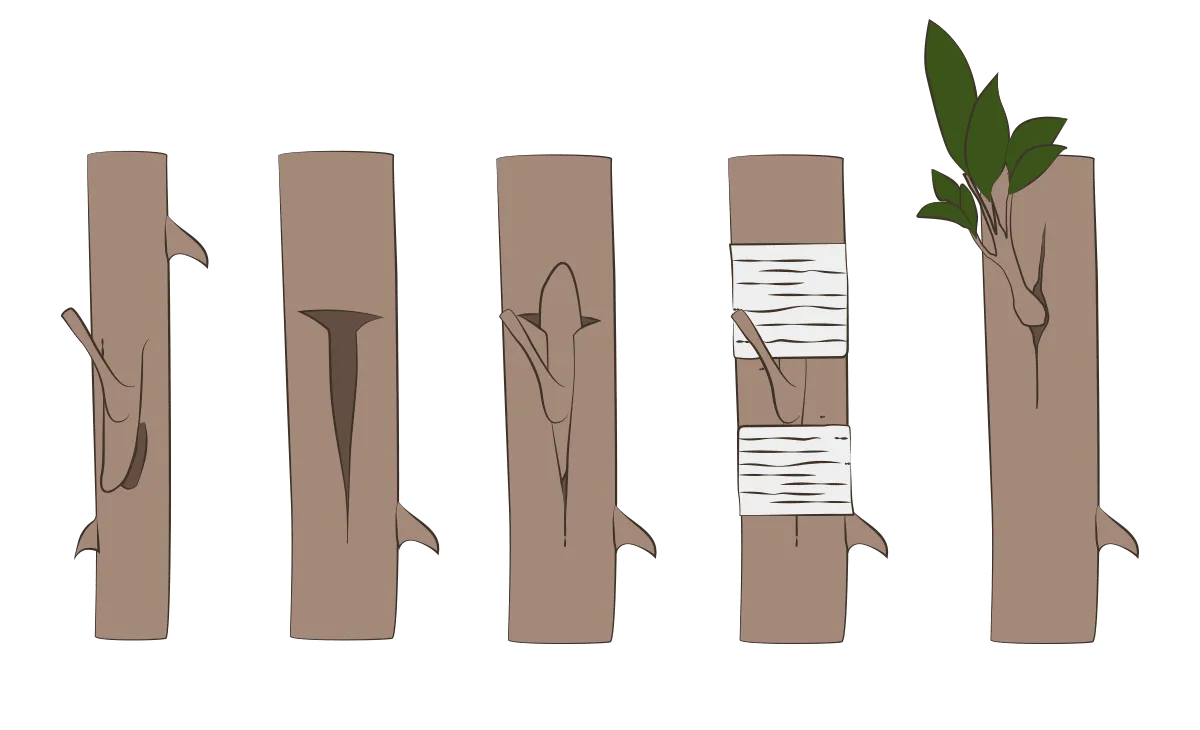Grafting a vine involves joining two parts of the grapevine together to create a single, more resilient plant. This technique allows grape vines to express the desirable varietal characteristics of the scion (upper part of the joined plant) in the fruits, while developing or keeping the root system of the rootstock (lower part of the joined plant).
Therefore, grafting is not just used in vineyards which are vulnerable to disease but also allows winemakers to convert existing vines into different, more desirable varieties. It is also a method which can help to reinvigorate old or damaged vines by replacing unproductive wood and potentially improving yields.
Field grafting allows winemakers to alter the expression of the existing vines which already have a developed root system (rootstock), without uprooting and replanting the vines. This can be an economical way of changing a whole vineyard rather than replanting.
Graft unions are fragile, take time to heal, and unfortunately not every graft is successful. It is a time-consuming process requiring patience and practice. Nonetheless, by understanding the principles and techniques of grafting, vineyard managers can make informed decisions to ensure healthy, productive vine with high-quality grapes.
Discussion about this post
No posts








